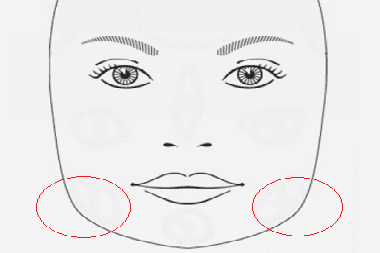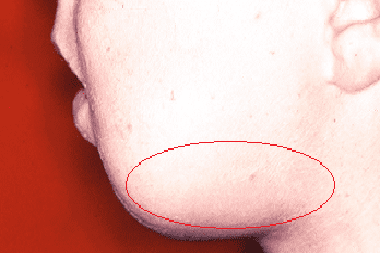Dentistry >>>> Osteodysplasia of the jaw
Osteodysplasia of the jaw.


Osteodysplasia of the jaw (popularly called "cherubism") is a pathological growth in the bone tissue of the lower jaw of osteogenic tissue, represented by osteoclast cells. Due to the growth of tissue, the lower part of the face acquires roundness on one or both sides (the face seems to expand downward in the area of the corners and the body of the lower jaw, and the chin is leveled). Such an external change in the contours of the face resembles the faces of the cherubim - the biblical winged creatures.
The disease is hereditary and is found in children from the first years of life. Outwardly, it seems as if the child has big cheeks. At the initial stages of development, the pathological growths are elastic to the touch, but by adolescence they begin to harden.
Along with the swelling of the bone tissue of the lower jaw, its cortical layer becomes thinner, but the adjacent areas of the bone tissue are unchanged, which makes it possible to draw a clear border of the osteodysplasia of the tissue. Bone tissue in the area of osteodysplasia becomes fragile and prone to fractures. There may be a delay in the eruption of deciduous and permanent teeth, anomalies in the shape of the teeth, as well as deformation of the dentition.
Differential diagnosis of osteodysplasia of the jaw is carried out with ameloblastoma and osteoblastoclastoma.
Osteodysplasia of the jaw has a benign course, and the growth process slows down by the period of puberty, and disappears almost completely after forty years.
There is a surgical treatment for osteodysplasia of the jaw, which is used only at the insistence of the parents. During the operation, the pathological bone tissue is scraped out, then orthodontic treatment is carried out.

Read

Read



























